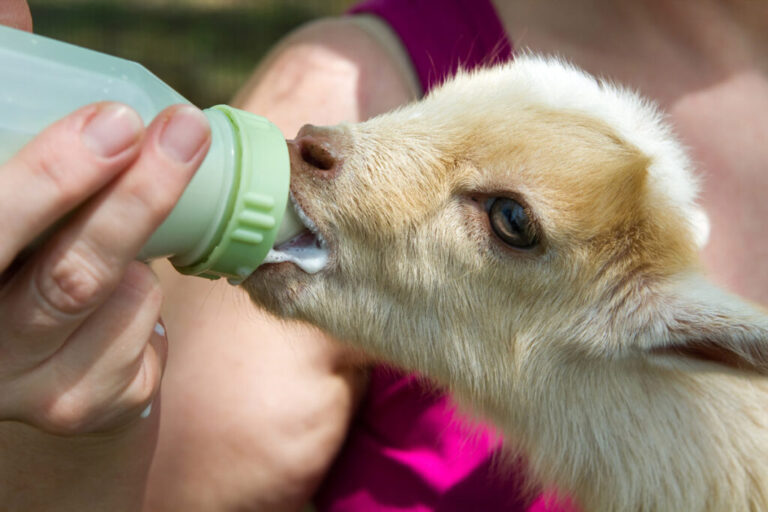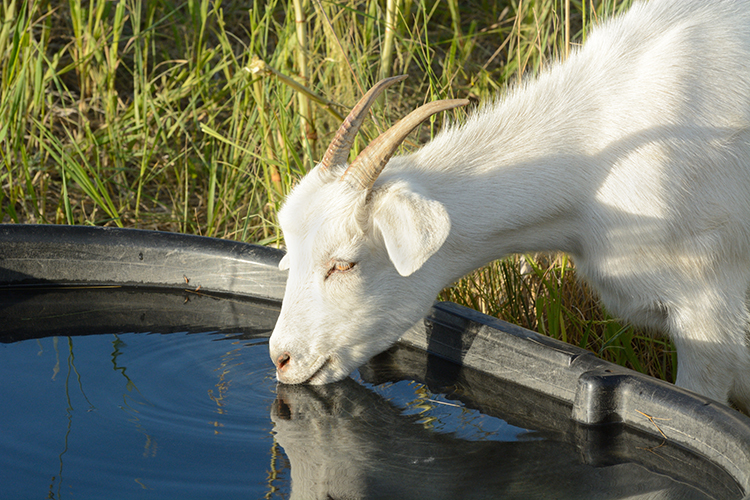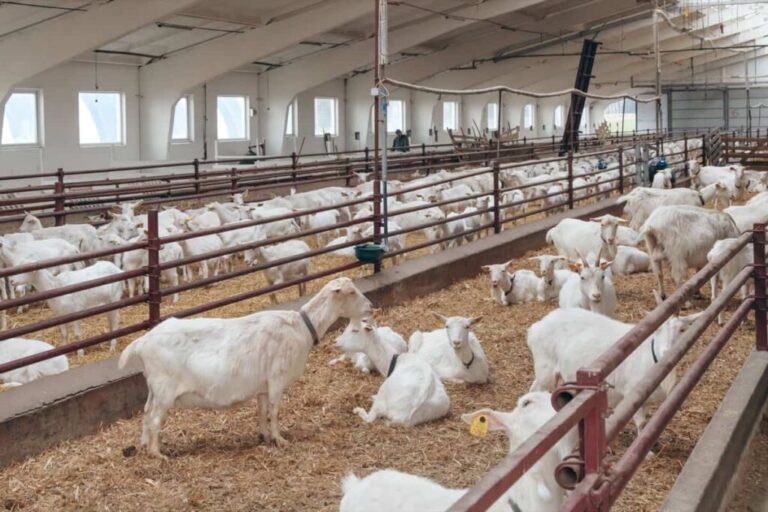Feeding issues can significantly affect turkey health, growth, and productivity, yet many problems can be traced to specific nutritional imbalances or management errors.
A good troubleshooting approach starts with careful observation of the birds, as physical symptoms often point directly to dietary causes. Farmers who recognize these signs early can adjust feeding strategies before losses occur.
One of the most common feeding-related problems is slow or uneven growth. If some turkeys are thriving while others lag behind, this often signals competition at the feeder or inconsistent feed quality.
Inadequate feeder space allows dominant birds to overeat while weaker ones struggle to access feed. The solution is to increase feeding stations, distribute them evenly, and ensure all feed is fresh, dry, and nutritionally balanced.
Checking protein levels is also important, as insufficient protein (especially in young poults) can delay weight gain.
Leg weakness or deformities are another sign of nutritional imbalance, often linked to deficiencies in niacin, calcium, or vitamin D3. Young turkeys, in particular, need higher niacin levels than chickens, and a lack of it can lead to bowed legs or difficulty walking.
Ensuring the diet contains adequate niacin and providing vitamin D3 along with balanced calcium and phosphorus levels will prevent most skeletal problems. For rapid intervention, farmers can offer a poultry vitamin supplement in drinking water for a short period.
If you notice poor feathering or dull plumage, the issue is often related to low-quality protein or shortages of sulfur-containing amino acids like methionine.
Feathers are protein-rich structures, so ensuring a well-formulated feed with the right amino acid profile is essential. In free-range systems, supplementing with high-protein ingredients during molting seasons can restore feather condition.
Reduced feed intake is a more general but critical sign, as it can quickly lead to weight loss and poor performance. This is often caused by dirty or stale feed, contaminated water, excessive heat, or sudden changes in diet.
Maintaining feed freshness, providing cool, clean water, and avoiding abrupt feed changes will keep appetite steady. If a new feed must be introduced, mix it gradually with the old ration over a week.
Diarrhea or wet droppings can result from excessive salt in the diet, poor-quality feed ingredients, or infections.
While disease should always be ruled out, checking the salt content of rations and removing spoiled or moldy feed can resolve many cases. Adding probiotics may also help restore gut health after digestive disturbances.
Finally, the key to troubleshooting feeding issues is consistent record-keeping. Tracking feed types, quantities, and any changes alongside bird performance and health makes it easier to identify patterns and correct mistakes.



